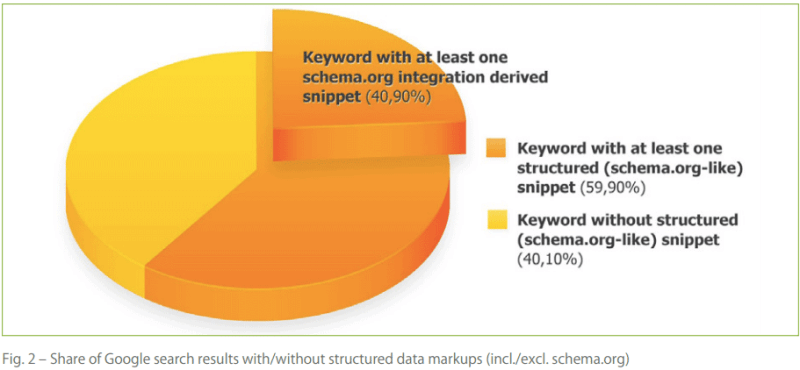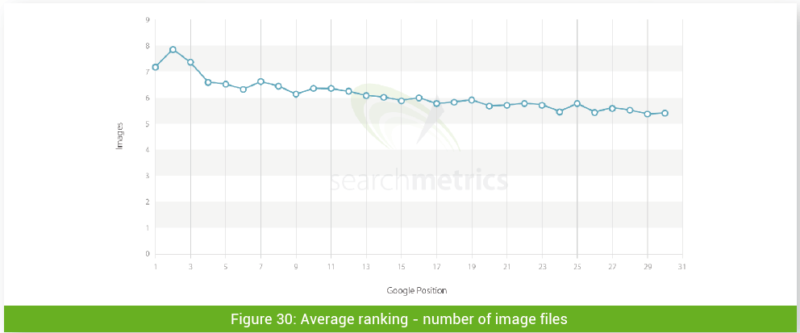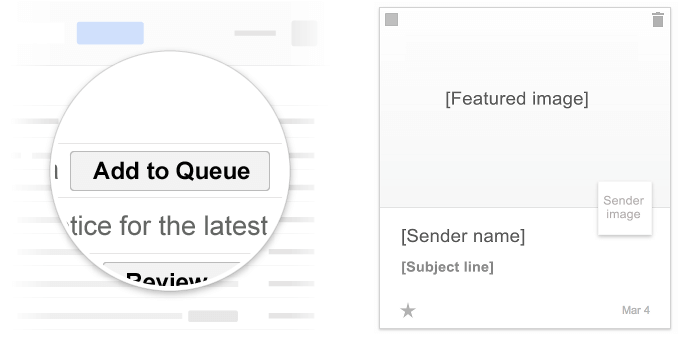
In a Searchmetrics report earlier this year, Schema.org – U.S. 2014: Rich snippets with HTML Microdata and RDF, it was revealed that while less than 1% of all domains researched had schema.org integrations present, almost 41% of keyword search queries contained a result snippet derived from schema.org markup.

More importantly, domains with schema.org integrations had significantly higher SEO visibility scores than those domains that did not include them.
Even with these findings, B2B marketers might remain skeptical, given that the most popular examples of schema.org integrations tend to be more consumer oriented. TV Reviews, Product Ratings, and Recipes are popular examples, but these obviously have a greater impact in the B2C space.
But, there is hope for B2B SEO, as well.
In this column, I will discuss 20 schema.org integration opportunities for B2B search marketers, organized by broader topics and how they can impact online marketing goals and objectives.
Note that this column reviews concepts and opportunities. If you’re looking for specific code references, BuiltVisible has a nice blog post detailing markup examples. Some of the links I provide to schema vocabularies also contain examples.
Quick Review: What Is Schema?
Schema.org is a tagging vocabulary that marketers and website owners can use to mark up their HTML pages in ways recognized by major search providers.
Via the Schema.org website:
On-page markup enables search engines to understand the information on web pages and provide richer search results in order to make it easier for users to find relevant information on the web. Markup can also enable new tools and applications that make use of the structure.
What Google says about schema.org:
Search engines are using on-page markup in a variety of ways – for example, Google uses it to create rich snippets in search results…over time you can expect that more data will be used in more ways. In addition, since the markup is publicly accessible from your web pages, other organizations may find interesting new ways to make use of it as well.
Schema.org markup enables B2B marketers to better distinguish their web content in search engine results, with a goal of driving greater click-through rates and improving the exchange of information across search engine and social media platforms.
Web Page Elements
The first step in schema.org integration for B2B SEO is in establishing a foundation. The following vocabularies provide this support.
The WebPage vocabulary can be further broken down into more specific web page types like “AboutPage,” “ContactPage,” and “ProfilePage” in an effort to better differentiate web page objectives.
I prefer to place the schema code for “WebPage” in the opening tag and Article or Blog schema code literally around specific content on the web page. I’ve noticed that if you don’t use the WebPage markup but have other types of markup on the page, social platforms might confuse titles and descriptions when trying to share information.
Schema Vocabulary: Site Navigation
As covered at SMX this past Summer, Jeff Preston of Disney Interactive showed an example of where they used schema site navigation markup to influence site links in search results. This is a (relatively) simple tagging update that could produce positive gains in click-through rates if implemented in the navigational architecture.

Image & Video (Media) Objects

Schema Vocabularies: ImageObject and VideoObject
Searchmetrics’ 2014 SEO Factors report highlighted that web pages closer to the top of search results tended to contain a greater number of media assets, images in particular.

Per the Searchmetrics report:
Photos and videos not only make text more attractive for users, but for Google, this trend is likely to develop positively and be capped at a certain level.
The key takeaway for B2B SEO is that creating markup for images and video provides the opportunity for search engines to better understand the media assets found on the web page, which ultimately may provide a boost in organic search visibility.
B2B E-Commerce
We’re seeing more B2B organizations getting comfortable offering a mechanism for customers to purchase inventory online. As B2B marketers evaluate their options for online purchasing, the integration of schema markup is a factor not be overlooked.
Product and offer vocabularies provide the framework for a more comprehensive experience in search engine results specific to e-commerce catalog information. Ratings, coupled with the media-object elements listed above, provide an opportunity for B2B e-commerce vendors to stand out in search engine results, even if top placement isn’t possible.

Schema Vocabularies: Enumeration and SearchAction
Another way schema vocabularies can aid B2B marketers in e-commerce is in helping search engines identify functionality inherent to the shopping process. Enumeration could provide further clarity for a list of site-specific search engine results, or product inventory associated to a category or sub-category of the e-commerce catalog.
Implementation of the SearchAction vocabulary provides a method for site owners to ensure searchers land on their own sites and do not remain in Google search results if a sitelinks search box appears in Google results for branded queries.
This is specific to a recent Google announcement highlighting functionality that is designed to allow users to reach content on a third party site, directly through Google-generated site-search pages.
AJ Kohn has a more in-depth blog post on potential issues with the sitelinks search box for large online brands.
Site owners should evaluate their own branded search results to consider the implementation of schema tagging for their site search functionality.
Even if your organization does not feature a sitelinks search box for branded queries, B2B marketers should consider integrating the SearchAction vocabulary (and how their internal search functionality performs) as a preventive measure down the road.
Localization
Another aspect of organic search engine results that B2B SEOs need to pay more attention to is local business listings. This is especially true for organizations working with multiple offices, dealer/distribution sites, and even franchise operations – all can benefit from more pronounced visibility for local search queries.
Schema Vocabularies: LocalBusiness and PostalAddress
I would recommend all organizational address information found on a website be integrated with schema LocalBusiness markup since it helps provide a more valuable search experience for brand-based queries, as well.

As detailed in an article written by Position2 this past summer, any event with a certain time and location can use the event markup vocabulary. Repeated events may also be structured as separate event objects.

Schema Vocabulary: Event
This markup is ideal for the B2B organization hosting webinars, user conferences/roadshows, and any other events with specific time and location information. B2B marketers can join event markup with local address and/or offer markup to create an opportunity for even more comprehensive search listings, as well.
Brand Development
Brand awareness is a critical objective for most B2B marketers. The following schema vocabularies help marketers better identify their brand and key thought leaders in the organization.
At the least, the schema vocabulary for Brand helps search engines distinguish an organizations’ logo, product information and align with a particular web address. The Organization schema can be used in association with local address information, on contact information or in other supporting marketing collateral.
Arguably, the Person schema can be used as a supporting mechanism for establishing the thought leadership of key organizational personnel. This could be particularly important now that Google no longer supports authorship in search engine results.
Through the Person vocabulary, B2B SEO’s can organizational leaders with information such as job title, images, contact information, and related web pages (such as social media profiles).
Email Marketing
According to resources from Google Webmaster Tools, the Structured Data Markup Helper can show marketers how to mark up emails that contain schema vocabularies, such as events (previously detailed), “go-to-actions,” and information highlights.
These integrations allow B2B SEO’s and online marketers to create more comprehensive experiences in HTML-based email communication while providing Google with a greater understanding of context from the publisher. While we’ve just begun exploring this functionality, the opportunities look exciting.

Go-To-Actions provide an opportunity to cross-link back to the publisher destination right in the preview pane of Gmail. Gmail grid view may display offer markup in an alternative, more visual way in the Promotions tab.
Order information markup is for exactly what it sounds like, allowing email recipients to receive more visual information designed to be easier for review.

Go-To-Actions and Offers provide for direct connectivity (linking) to a publisher’s applicable web address and Google+ page.
Order information ties back to the publisher’s order confirmation page and organizational information.
I suspect Google will also associate additional schema vocabularies present in HTML based email, as well (i.e., Brand, Organization, etc).
It should be noted that the schema vocabularies specific to email marketing and used by Google are still going through the standardization process of schema.org. They may change or cease to work in the long run.
Final Thoughts
The above are integrations of schema vocabularies we have implemented and/or begun discussions in integration with organizations we work with. I know there are many other opportunities for schema and great examples online.


No comments:
Post a Comment